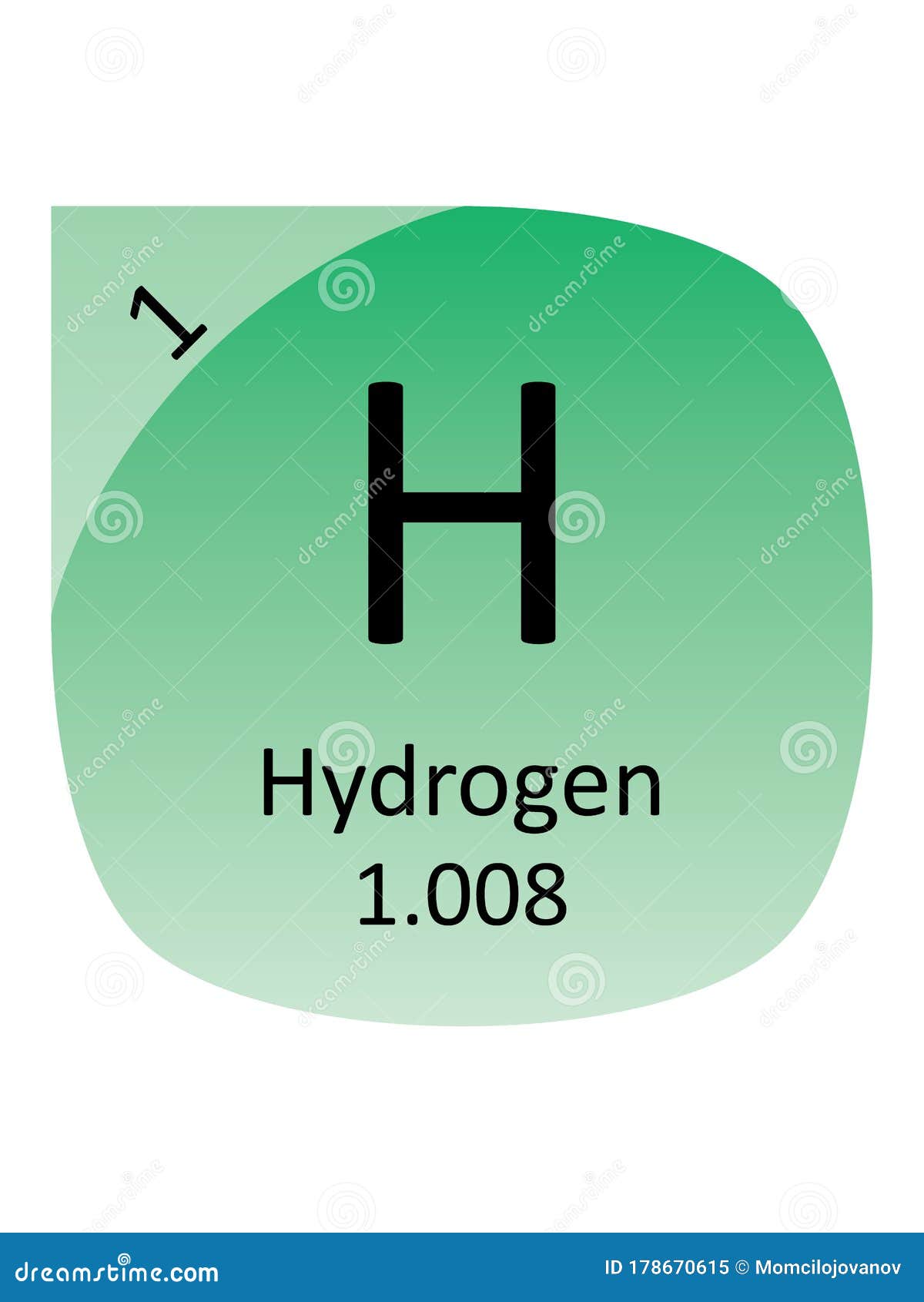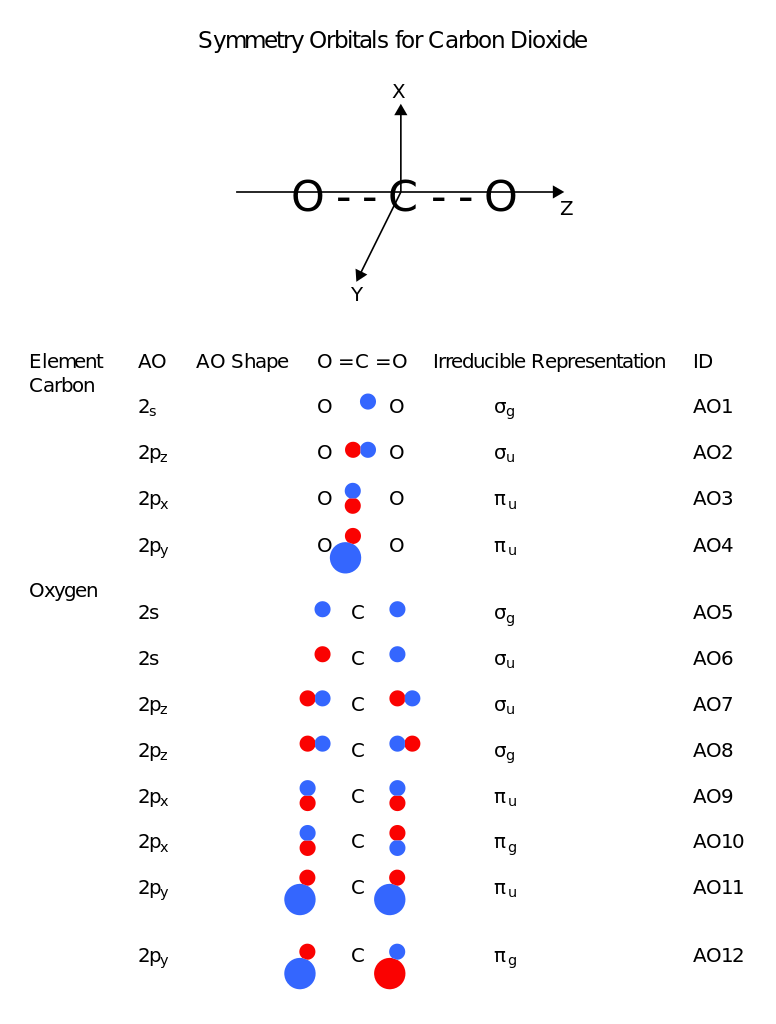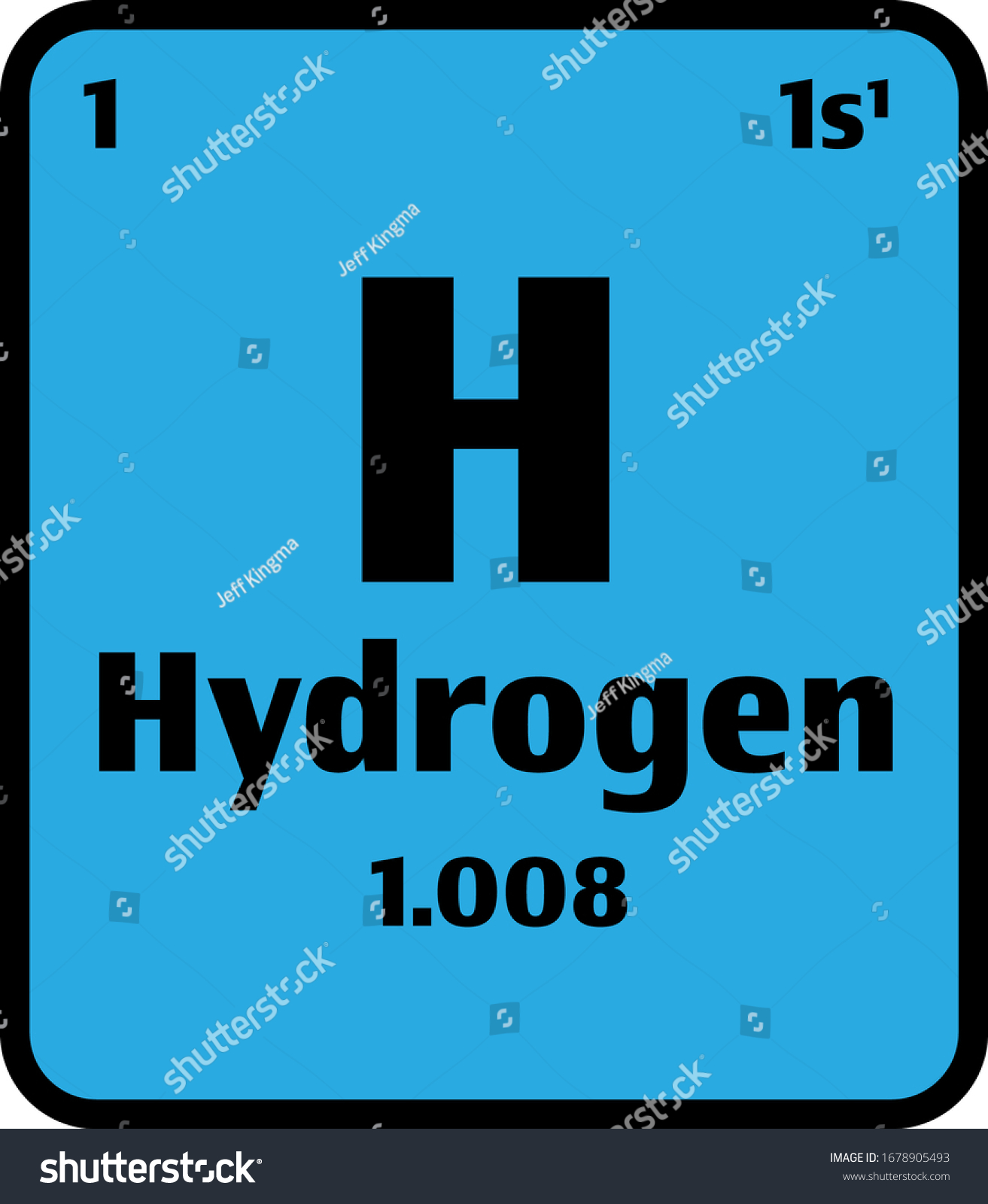Chapter 2 (Audesirk and Tobin & Duschek)
M/C
This is a list of the 118 chemical elements which have been identified as of 2021. A chemical element, often simply called an element, is a species of atoms which all have the same number of protons in their atomic nuclei (i.e., the same atomic number, or Z). Element Hydrogen (H), Group 1, Atomic Number 1, s-block, Mass 1.008. Sources, facts, uses, scarcity (SRI), podcasts, alchemical symbols, videos and images. Atomic Number – Protons, Electrons and Neutrons in Hydrogen. Hydrogen is a chemical element with atomic number 1 which means there are 1 protons in its nucleus.Total number of protons in the nucleus is called the atomic number of the atom and is given the symbol Z.
1.A substance with specific properties that can not be broken down or converted to another substance is a(n):
a.element
b.molecule
c.ion
d.compound
e.mixture
2.If you examined the universe, the Earth, and the human body, which of the following combinations of elements would you find most common?
a.C, O, Na, He, P, S
b.C, Na, O, N, H, Mg
c.Cl, Ca, C, H, O, P

d.K, H, C, S, O, P
e.S, P, O, N, H, C
3.What determines the atomic number of an atom?
a.Number of electrons in the outermost energy level.
b.Total number of energy shells.
c.Arrangement of neutrons in the atomic nucleus.
d.Number of protons in the atomic nucleus.
e.The total number of electrons and neutrons.
F/B
4.The chemical properties of an element are determined by the number of _____________ its atoms contain.
5.An isotope is atoms of the same element that have different numbers of ________________.
6.The second electron shell is considered to be full when it contains ________________ electrons.
T/F
7.An element is the fundamental structural unit of matter.
8.Isotopes are atoms of the same element that vary in the number of protons.
9.Each atom has an equal number of electrons and protons.
F/B
10.What is the difference between an atom and an element?
M/C
11.Which four elements make up approximately 96% of living matter?
a.carbon, hydrogen, nitrogen, oxygen
b.carbon, sulfur, phosphorus, hydrogen
c.carbon, sodium, chlorine, magnesium
d.carbon, oxygen, sulfur, calcium
e.oxygen, hydrogen, calcium, sodium
F/B
12.The atomic number is based on the number of __________ in the nucleus of the atom.
M/C
13.What is the maximum number of covalent bonds an element with an atomic number of 16 can make with hydrogen atoms (each with an atomic number of 1)?
a.1
b.2
c.3
d.4
e.5
F/B
14.Draw the following atoms: make sure that you clearly represent all three subatomic particles and show the electron shells for each:
Nitrogen (atomic number = 7) Hydrogen (atomic number = 1)
15.Using the atoms drawn above, draw the covalent bond(s) that would allow for the atoms to be most stable.
16.In an atom of an element, __________ have a negative charge, __________ have a positive charge and __________ have a neutral charge.
17.A/An __________ bond involves shared electrons, whereas a/an __________ bond involves the actual transfer of electrons.
M/C
18.Why is a helium atom (Atomic #2) more stable than a hydrogen atom (Atomic #1)?
a.Two electrons completely fill its outermost electron shell.
b.Eight electrons completely fill its outermost electron shell.
c.The outermost electron shell is half-empty.
d.Helium atoms react readily with oxygen.
e.Hydrogen atoms react to form helium.
19.Which of the following factors is the most significant when considering the reactivity of an atom?
a.An atom is the smallest particle of an element.
b.A molecule is the smallest unit of a compound.
c.Atoms are held together by interactions between electrons.
d.The number of protons affects the size of the atom.
e.Atoms with many neutrons may be radioactive.
20.Sodium (Na), atomic number 11, has a tendency to lose an electron in the presence of chlorine. After losing the electron, Na will have _____ protons in its nucleus.
a.10

b.11
c.12
d.21
e.22
21.For an atom to achieve maximum stability and become chemically unreactive, what must occur?
a.Its outermost energy shell must be filled with electrons.
b.The number of electrons must equal the number of protons.
c.Sharing of electron pairs is necessary.
d.Ionization is required.
e.It must be inert.
22.An atom's nucleus is composed of:
a.protons
b.neutrons
c.protons and electrons
d.protons and neutrons
e.neutrons and electrons
23.How does one explain the formation of ions?
a.Sharing of electrons
b.Gain or loss of electrons
c.Gain or loss of protons
d.Sharing of protons
e.Gain or loss of neutrons
24.The formation of sodium chloride (NaCl) is the result of:
a.Covalent bonding
b.Chemical unreactivity
c.Attraction between opposite charges
d.The lack of chemical attraction
e.Both a and c
25.Atoms or molecules which have gained or lost electrons are termed:
a.Acids
b.Bases
c.Polymers
d.Ions
e.Buffers
26.Biological molecules primarily are joined by:
a.Peptide bonds
b.Ionic bonds
c.Hydrogen bonds
d.Disulfide bonds
e.Covalent bonds
27.Phosphorus has an atomic number of 15, so what will be the distribution of its electrons?
a.The first energy level will have 8 and the second will have 7.
b.The first energy level will have 2, the second will have 8, and the third will have 5.
c.The first energy level will have 2 and the second will have 13.
d.The first, second, and third energy levels will each have 5 electrons.
e.Electron arrangement can not be determined from the atomic number.
28.What happens when hydrochloric acid (HCl) is added to pure water?
a.The HCl molecules separate into H+ and Cl- ions.
b.The water has a decrease of H+ ions.
c.The HCl molecules float on top of the water.
d.The concentration of OH- ions increases.
e.The pH of the solution increases.
29.An atom of nitrogen attracts electrons more strongly than an atom of hydrogen. Which of the following BEST describes ammonia (NH3)?
a.The nitrogen is more slightly positive.
b.The nitrogen is strongly negative.
c.The hydrogens are more slightly positive.
d.The hydrogens are strongly negative.
e.Charges balance out and none of the atoms has any charge.
30.If a substance measures 7 on the pH scale, that substance:
a.Has equal concentration of H+ and OH- ions
b.May be lemon juice
c.Has greater concentration of OH- than H+ ions
d.Probably lacks OH- ions
e.Is basic
31.A neutral solution...
a.has no H+
b.has no OH-
c.has equal amounts of H+ and OH-
d.is hydrophobic
e.has a pH of 0
32.How do buffers work?
a.Soak up extra acid and base
b.Accept or release H+
c.Accept or release OH-
d.Convert H+ and OH- to water
e.Monitor the blood pH
33.What is meant by saying water has a high specific heat?
a.It can absorb a lot of energy without changing temperature.
b.It grows hot very quickly.
c.The boiling point of water is very low.
d.Water can only heat up to a certain temperature.
e.Water freezes easily.
34.Which property (or properties) of water enables water to function as a moderator of temperature for living organisms?
a.high specific heat
b.high heat of vaporization
c.high heat of fusion
d.a and b
e.a, b, and c
35.What does H--O--H represent?
a.Atom of water
b.Mixture including water
c.Molecule of water
d.Planetary model of water
e.Ionic bonding of water
36.All the following are true of hydrogen gas, H2, except (H atomic number = 1):
a.H2 is stable.
b.H2 is covalently bonded.
c.H2 shares one pair of electrons.
d.H2 is polar.
e.All of the above are true.
37.Polar covalent bonds form when...
Hydrogen Atomic Number And Weight
a.electrons are shared unequally between atoms.
b.more than one pair of electrons is shared.
c.ions are formed.
d.an acid and base are combined.
e.atoms from two molecules are attracted to each other.
38.Which of these bonds is characterized by equal sharing of electrons?
a.C-H
b.O-H
c.H-Cl
d.C=O
e.N-H
39.Which of the following represents a molecule characterized by polar covalent bonding?
a.NaCl
b.H2
c.H2O
d.C-C
e.CH4
40.What bond(s) is(are) easily disrupted in aqueous (water) solutions?
a.covalent
b.polar covalent
c.ionic
d.a and b are correct
e.a, b, and c are correct
F/B
41.What is the difference between covalent and ionic bonds?
42.Which type of chemical bond is the most important for biological molecules? Why?
T/F
43.Ionic bonds are the most common type of bonds in biological molecules.
F/B
Matching: Select the bond type with the appropriate numbered statement. Letters may be used once, more than once or not at all.
a. nonpolar covalent bond
b. polar covalent bond
c. ionic bond
d. hydrogen bond
e. electron-proton interaction
44.Results from a transfer of electron(s) between atoms.
45.Results from an unequal sharing of electrons between atoms.
46.Best explains the attraction of water molecules to each other.
47.Would be least affected by the presence of water.
M/C
48.If sulfur has an atomic number of 16, how many covalent bonds does it form?
a.0
b.2
c.4
d.6
e.8
49.The part of the atom of greatest biological interest is the
a.proton.
b.electron.
c.neutron.
d.innermost electron shell.
e.none of the above.
50.Which pair has similar chemical properties?
a.1H and 22Na
b.12C and 28Si
c.16O and 32S
d.12C and 14C
e.1H and 2He
51.A single covalent chemical bond represents the sharing of how many electrons?
a.1
b.2
c.3
d.4
e.6
52.Polar molecules
a.have an overall negative electric charge.
b.have an equal distribution of electric charge.
c.have an overall positive electric charge.
d.have an unequal distribution of electric charge.
e.are ions.
53.The hydrogen bond between two water molecules arises because water is
a.polar.
b.nonpolar.
c.a liquid.
d.a small molecule.
e.hydrophobic.
54.____________(s) often form as a result of polar bonds.
a.Ionic bonds
b.Hydrogen bonds
c.Peptide bonds
d.Ice
e.Water
55.Which statement is an accurate description of water molecules?
a.They are charged and polar.
b.They are charged and nonpolar.
c.They are uncharged and polar.
d.They are uncharged and nonpolar.
e.They are ionically bonded.

56.Which of the following is an example of hydrogen bonding?
a.The bond between O and H in a single molecule of water.
b.The bond between O of one water molecule and H of a second water molecule.
c.The bond between O of one water molecule and O of a second water molecule.
d.The bond between H of one water molecule and H of a second water molecule.
e.The bond between the H of a water molecule and the H of a hydrogen molecule.

F/B
57.The attraction between a slight positive charge on a hydrogen atom and the slight negative charge of a nearby atom is a __________________.
58.The water strider skates along the surface of water due to a property of liquids called _________________.
59.Molecules that are electrically attracted to water molecules are __________________.
M/C
60.The fact that salt dissolves in water is best explained by:
a.The charged nature of water molecules
b.The polar nature of water molecules
c.The hydrophobic nature of salt
d.The ionic nature of water molecules
e.The hydrophobic nature of the water
61.Hydrophilic molecules:
a.Form hydrogen bonds among themselves
b.Are neutral and nonpolar
c.Readily dissolve in water
d.a and c
e.a, b, and c
62.Water will dissolve all of these except:
a.sugar
b.salt
c.CH3-CH2-OH
d.CH3-COOH
e.CH3-CH2-CH2-CH3
63.Water is considered a good solvent because...
a.it can hydrogen bond with other polar molecules.
b.it dissolves ionically bonded molecules.
c.it dissolves all organic molecules.
d.a and b.
e.all of these.
64.Water moves through a plant because of the property of:
a.high heat of fusion
b.high heat of vaporization
c.high specific heat
d.adhesion
e.cohesion
65.Why are water molecules cohesive?
a.Because they create surface tension
b.Because they form hydrogen bonds
c.Because they contain hydrogen
d.Because they stick to other polar molecules
e.Because they are repelled by nonpolar molecules
66.If the acidic level of human blood increases, how is homeostasis maintained?
a.Bicarbonate (HCO3-) releases H+ ions that combine with excess OH- ions to form H2O.
b.H+ ion-donor levels increase.
c.Bicarbonate (HCO3-) accepts H+ and forms carbonic acid.
d.Answers a, b, and c all are correct.
67.As ice melts, it:
a.Absorbs heat from its surroundings
b.Becomes less dense
c.Increases its property of cohesion
d.Increases its heat of vaporization
68.What determines the cohesiveness of water molecules?
Hydrogen Atomic Number And Mass
a.hydrogen bonds
b.ionic bonds
c.covalent bonds
d.hydrophobic interactions
e.all of the above are correct
69.If you place a paper towel in a dish of water, the water will move up the towel by capillary action. What property of water gives rise to capillary action?
a.Water molecule separate into H+ and OH- ions.
b.Water is a good solvent.
c.Water molecules have hydrophobic interactions.
d.Water can form hydrogen bonds.
e.Water takes up large amounts of heat when it vaporizes.
70.Sweating is a useful cooling device for humans because
a.water takes up a great deal of heat in changing from its liquid state to its gaseous state.
b.water takes up a great deal of heat in changing from its solid state to its liquid state.
c.water can exist in three states at temperatures common on Earth.
d.water is an outstanding solvent.
e.water ionizes readily
T/F
71.Acids have pH values below 7, while bases have pH values above 7.
72.Water molecules are held together by ionic bonds.
73.Water surface tension is a result of the adhesive nature of water molecules.

74.A buffer is essential in living systems to maintain a constant pH.
75.Most liquids become less dense upon solidification, but water is different in that it becomes more dense when it solidifies.
Essay
76.Describe the key properties of water that make it so important in biological systems.
F/B
77.Why is the oil layer separated from the vinegar layer in oil and vinegar salad dressing?
78.What property of water is responsible for the ability of plants to get water from their roots up to their leaves?
79.How does a base differ from an acid?
80.All of the diverse molecules that make up your body and allow it to function must operate in a __________ environment.
(c) 2002 by Prentice-Hall, Inc. All rights reserved.
